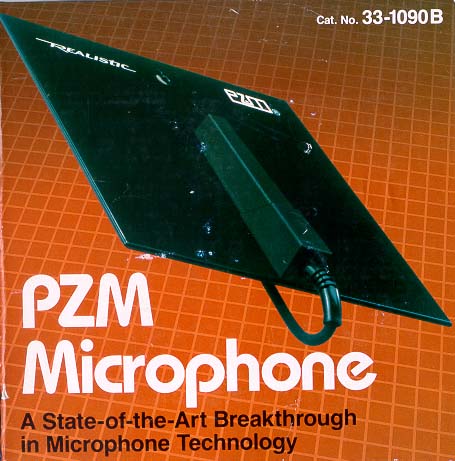TheVinylRipper
500+ Head-Fier
- Joined
- Jul 12, 2007
- Posts
- 796
- Likes
- 10
Quote:
Interesting, I can do all that in software with the Diamond Cut DC6 forensic audio software I have.
I'll give it a try.
Cheers,
Jon
| Originally Posted by kwkarth /img/forum/go_quote.gif Dear VR, This reply to your post above is a bit off topic, but I think you'll enjoy it. Regarding detection and adjustment of VTA, azumith, anti-skate and other parameters... The easiest way I found to detect distortions caused by VTA being less than optimum is as follows. Keep in mind that if one's stylus were more or less conical in profile, VTA adjustment is MUCH less critical than it is if your stylus is a line contact profile. I'm sure the reasons will be instantly obvious to you if you think about it for a second. In any event, being the OCD type A type guy that I am, I had to have everything adjusted JUST RIGHT for every record. Really, some parameters should be re-adjusted for every track, but I digress. Before the output of your cartridge goes to your pre-amp, install a DPDT switch wired is such a way so that in one position, everything is normal and when thrown in the opposite position, it reverses the polarity of one of the channels and adds left and right together. Once you do this, what you will hear left in the signal are largly distortion products. Put on your headphones and adjust VTA while playing your record. You will easily be able to hear distortions caused by mis-adjusted VTA, anti-skate, etc. Adjust for minimum distortions, reduce the gain back to normal, and then un oops the cartridge wiring back to normal. You will then enjoy the cleanest vinyl playback you've ever heard. Next time we can chat about running phono input out of phase through your amp from beginning to end, then swapping the phase of one of your speakers at the output. All inter-channel crosstalk products will be canceled out and the dynamic range of your amp will be increased. Example, as a loud bass note (typically present on both channels) goes through the system, one channel will be pulling the power supply rail up while the other channel will be pulling the supply rail down. The cheaper the amp, the better this technique works. Cheers! |
Interesting, I can do all that in software with the Diamond Cut DC6 forensic audio software I have.
I'll give it a try.
Cheers,
Jon






